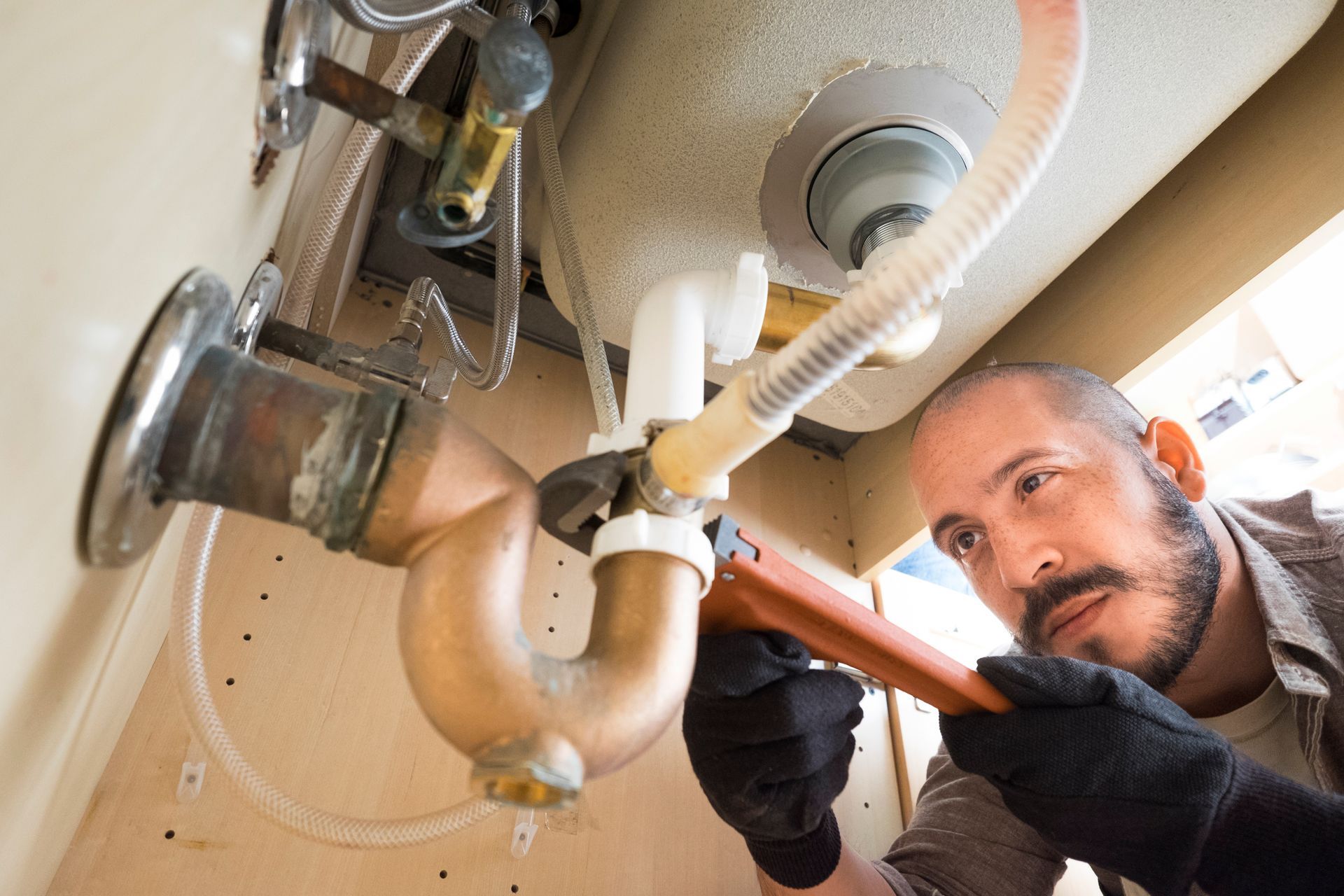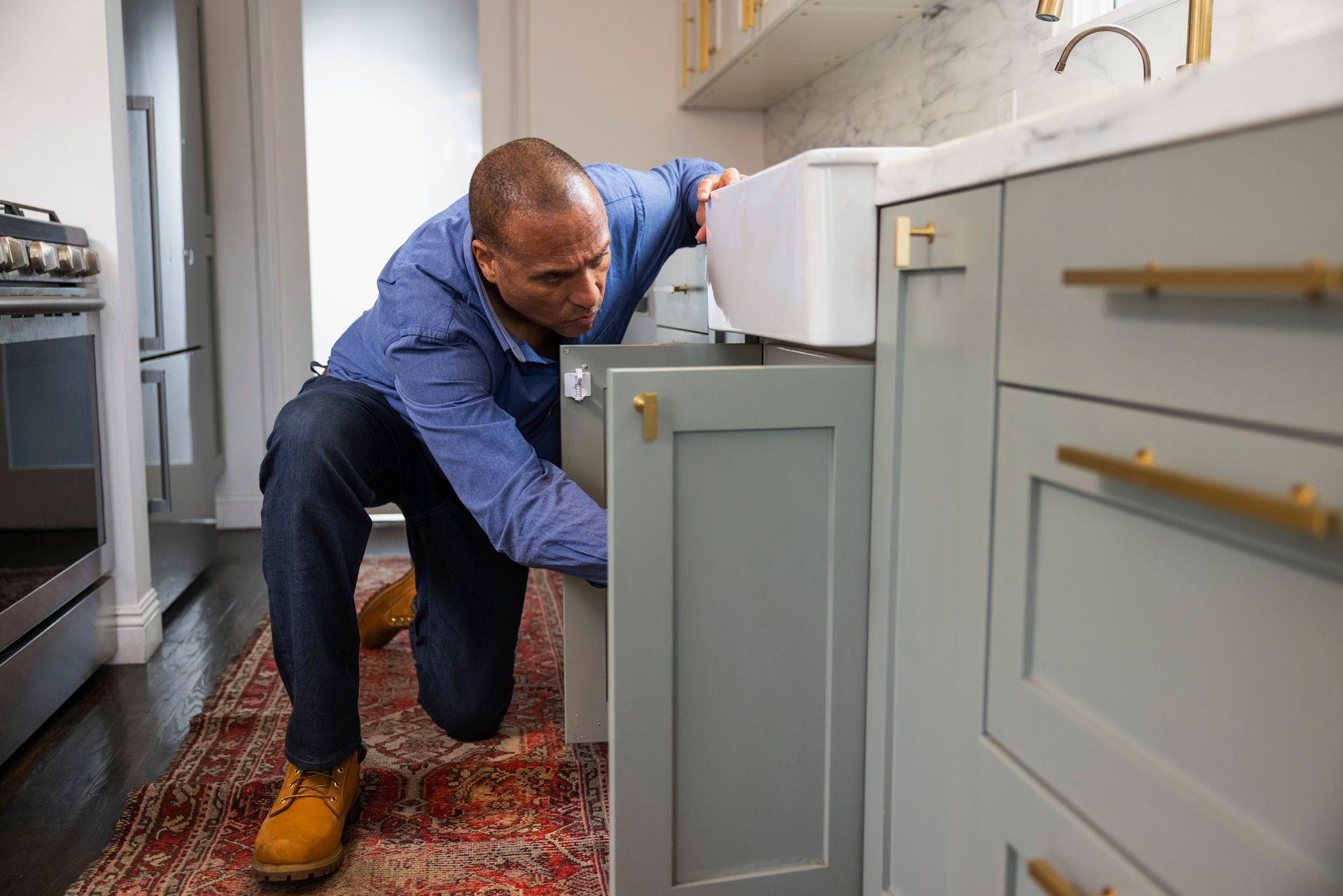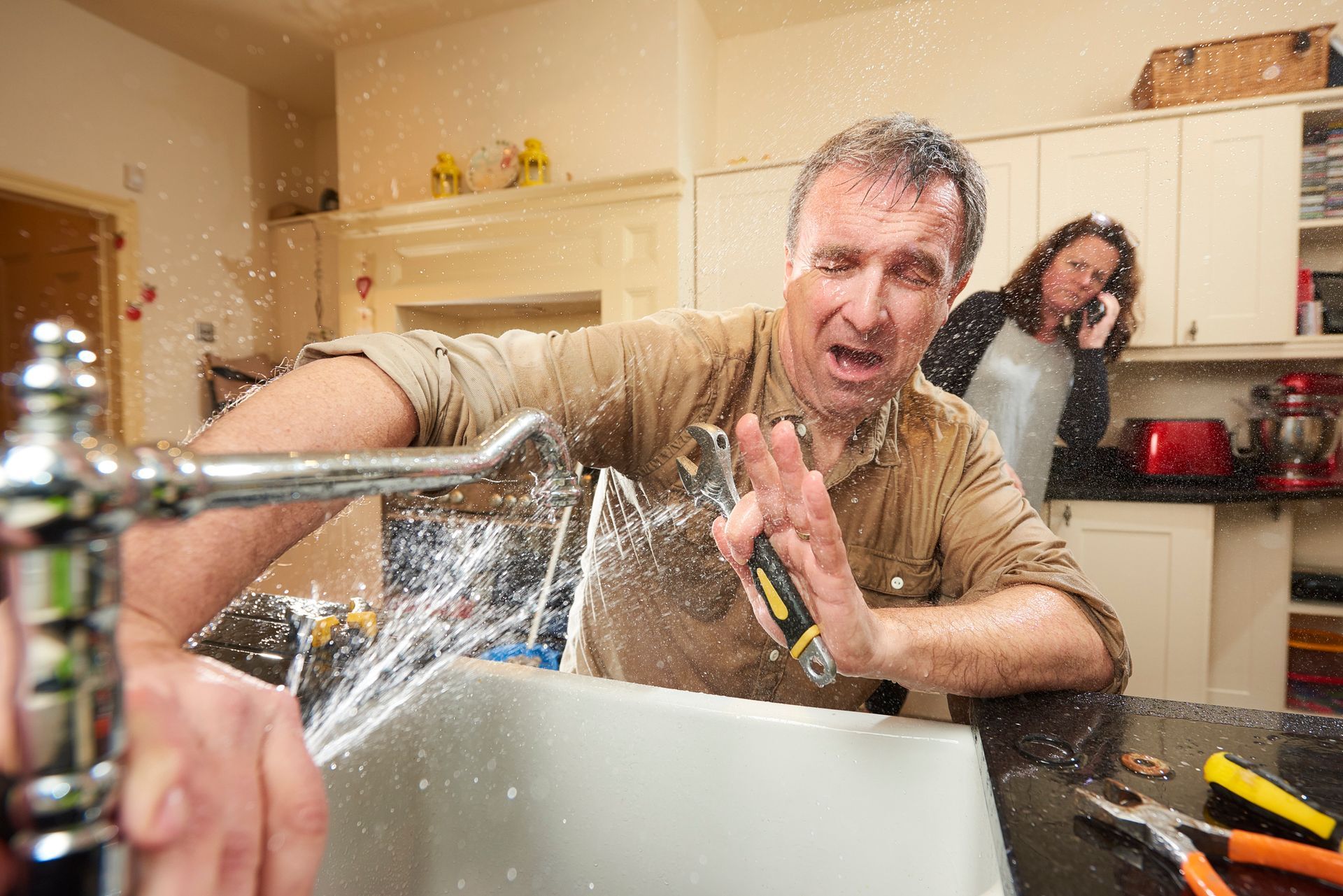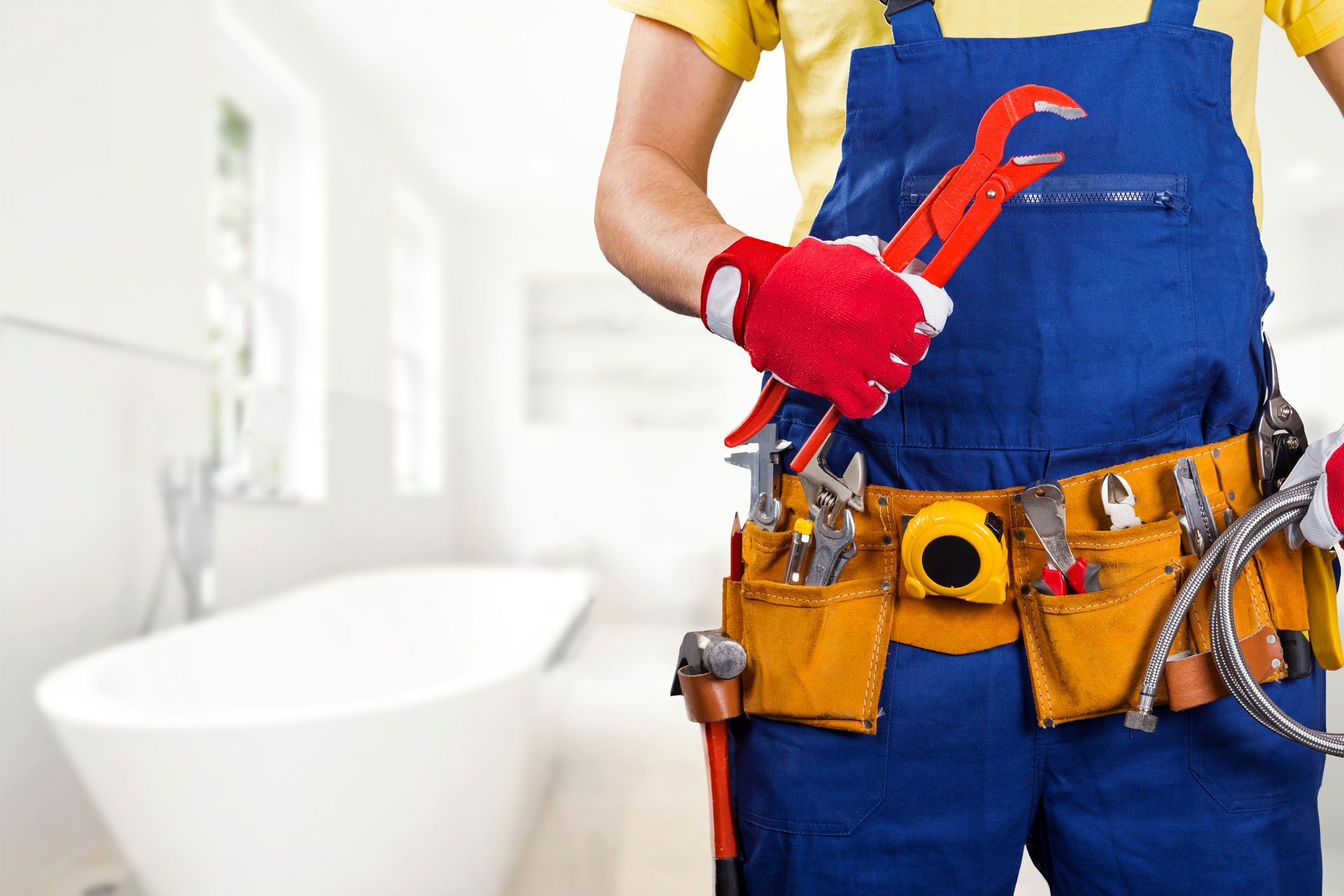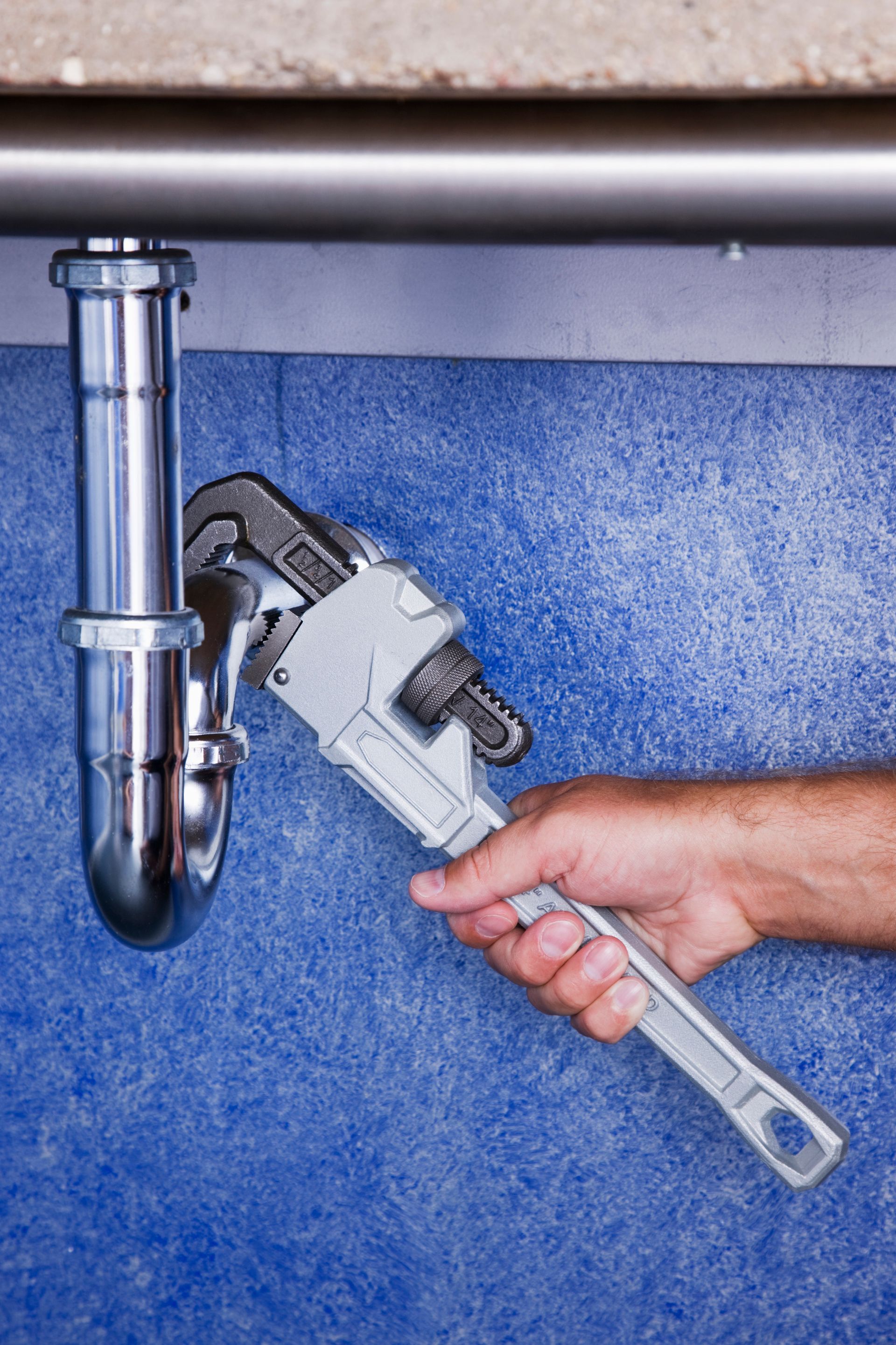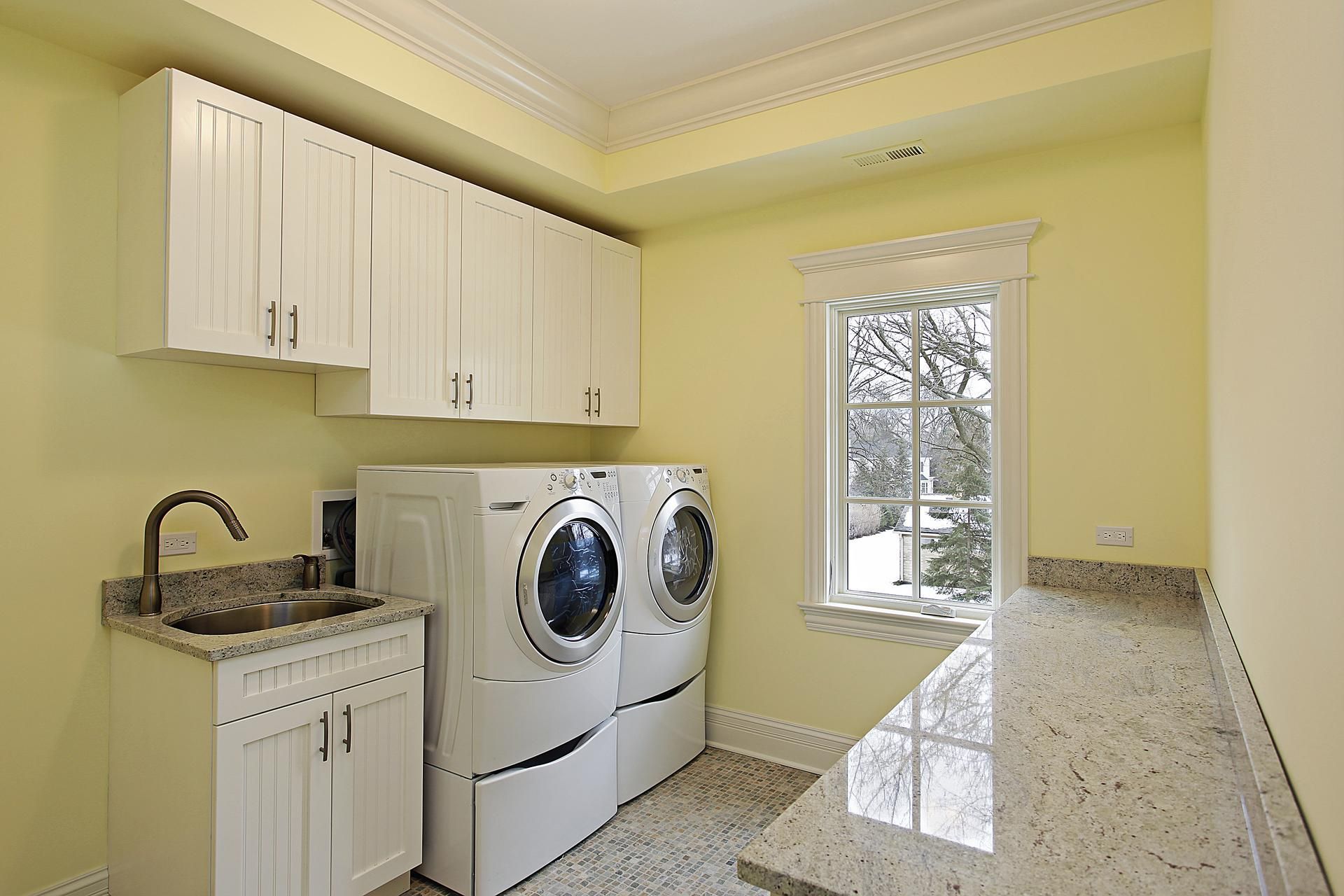Blog
The Essential Guide to Protecting Your Water Supply

Water is an essential commodity that we use in our daily lives. From drinking and cooking to cleaning, water is a necessity. However, little do we know that the water we use can be contaminated by harmful materials that can cause health concerns.
One of the significant causes of water contamination is backflow, which refers to the reversal of water flow in a plumbing system, causing water to move backward, leading to the contamination of clean water with hazardous materials. This is where the backflow preventer comes in handy, helping to ensure safe and clean water use. In this guide, we will give you a comprehensive understanding of what backflow preventers are, how they work, and their various types.
What are Backflow Preventers?
A backflow preventer is a plumbing device designed to keep water flowing in the right direction, preventing contaminated water from flowing back into the potable water supply. They are also known as backflow prevention devices and plumbing check valves. Backflow preventers are installed at specific points in a plumbing system to ensure water flows in one direction, from the main water supply to the user, and never back into the main supply.
How Do Backflow Preventers Work?
Backflow preventers work by implementing a check valve mechanism on the plumbing system that only allows water to flow in one direction. It is situated where there is a risk of backflow, such as in the irrigation system, swimming pools, and fire sprinkler systems. There are different backflow preventers, each serving different purposes, but the basic mechanism remains the same.
When the water supply is working correctly, water flows freely through the plumbing system. However, when this system experiences a drop in water pressure, it creates a suction force. This suction force can cause contaminated water to be drawn back into the main water supply from where it came. Backflow preventers prevent this from happening by automatically closing to stop the water from flowing back.
Types of Backflow Preventers
There are four main types of backflow preventers:
Atmospheric Vacuum Breaker (AVB)
This type of backflow preventer is ideal for low-level hazard situations and operates by allowing air into the pipes to prevent any suction force.
Pressure Vacuum Breaker (PVB)
This type of backflow preventer is ideal for moderate-level hazard situations and is installed above ground.
Double-Check valve assembly (DCVA)
These types of backflow preventers are ideal for high-level hazard situations and are used in commercial and industrial settings. They work by using two independently operating check valves to protect against backflow.
Reduced Pressure Zone (RPZ) Backflow Preventers
These are the most reliable and most significant types of backflow preventers. They are ideal for high-level hazard situations where hazardous materials can cause public health risks. They operate by using two independently acting check valves and a relief valve to prevent backflow and any water from being discharged to the atmosphere if any backflow occurs.
Maintenance and Testing of Backflow Preventers
Like any other device, backflow preventers also require regular maintenance and testing to ensure they are functioning correctly. It is essential to have a licensed plumber inspect your backflow preventer. They will check for any worn or damaged parts and clean out any debris that may have accumulated in the device.
For any plumbing system to work efficiently, it must have a backflow preventer. This small yet crucial plumbing device helps to ensure that water flows in the right direction, preventing the contamination of the clean water supply. Choosing the proper backflow preventer for your water system is essential in preventing health hazards due to contaminated water.
Ensure that you get a qualified professional plumber to install your backflow preventer to guarantee its functionality. To connect with a member of the team at Complete Plumbing for more, visit our contact page today.
Installation
Services
and Military Discount



